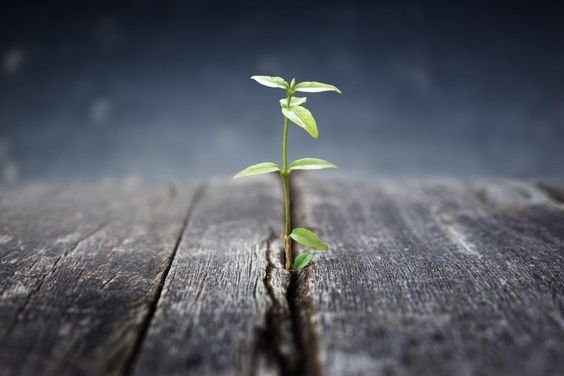If you grew up in a neighborhood with lots of trees, chances are you had to put in plenty of hours each fall raking the leaves, bagging them up, and then sending them off somewhere, most likely to the landfill.
And while it is at least partially true that excessive amounts of fallen leaves can smother areas of a lawn when they’re left in thick piles all winter, leaving the leaves on the ground as mulch can actually be an effective method of building soil and supporting a healthy yard.

Benefits of Fallen Leaves
Fallen leaves, as an additional physical layer of organic materials above ground, provide food, shelter, and nesting or bedding materials to a variety of wildlife, as well as overwintering protection for a number of insects, all of which work together to contribute to a healthy yard.1 The soil itself is also a beneficiary of this autumnal gift of fallen leaves, as the leaves are essentially composted over time into nutrients that feed the next year’s crop of grass. But they also feed a vast number of microbes in the soil, which are actually the most important crop you can grow, considering that all plant life in your yard depends on healthy soil biology.
Maximizing the Benefits
However, just leaving the leaves to lay where they fall in the autumn isn’t the most effective way of getting the most benefit out of them, as sometimes they can really pile up in areas where they may effectively smother a section of the yard, but there are a number of different ways to approach your leaf harvest, depending on your particular situation.
However, if you’re cultivating a tidier look to your lawn and don’t want those pesky dried leaves getting in the way, they can be raked into garden beds, flower beds, or as a mulch around trees, either as-is or by using a bagger on your mower to collect them. Covering garden beds with a thick mulch in the fall can be an effective and simple way to build soil fertility, as well as helping to keep the yard looking tidier.
And far be it from me to encourage you to use lawn equipment in a way that it’s not intended, but I’ve heard that you can put leaves into a large trash can and then use your weed-eater in the can to slash the leaves into tiny bits for use as mulch.
Leaves can be a great additive to a home compost pile, and by keeping a pile of it next to the compost, leaves can be used to cover layers of kitchen food waste throughout the winter
Fallen leaves can also be used to reclaim sections of the yard that are marginal just by building a huge leaf pile there and letting it sit all winter. By the spring, the lower part of the leaf pile will be converted into rich soil, while the middle and top layers can be used as mulch or dug into spring garden beds as a soil amendment.
Leaf Drop-Offs
If none of these uses for fallen leaves work for your situation, you can look into local options for leaf drop-offs, where this yard waste is collected at a central location and then turned into compost and mulch, although this option does still require raking and bagging, it can keep this potential natural resource out of the waste stream.








